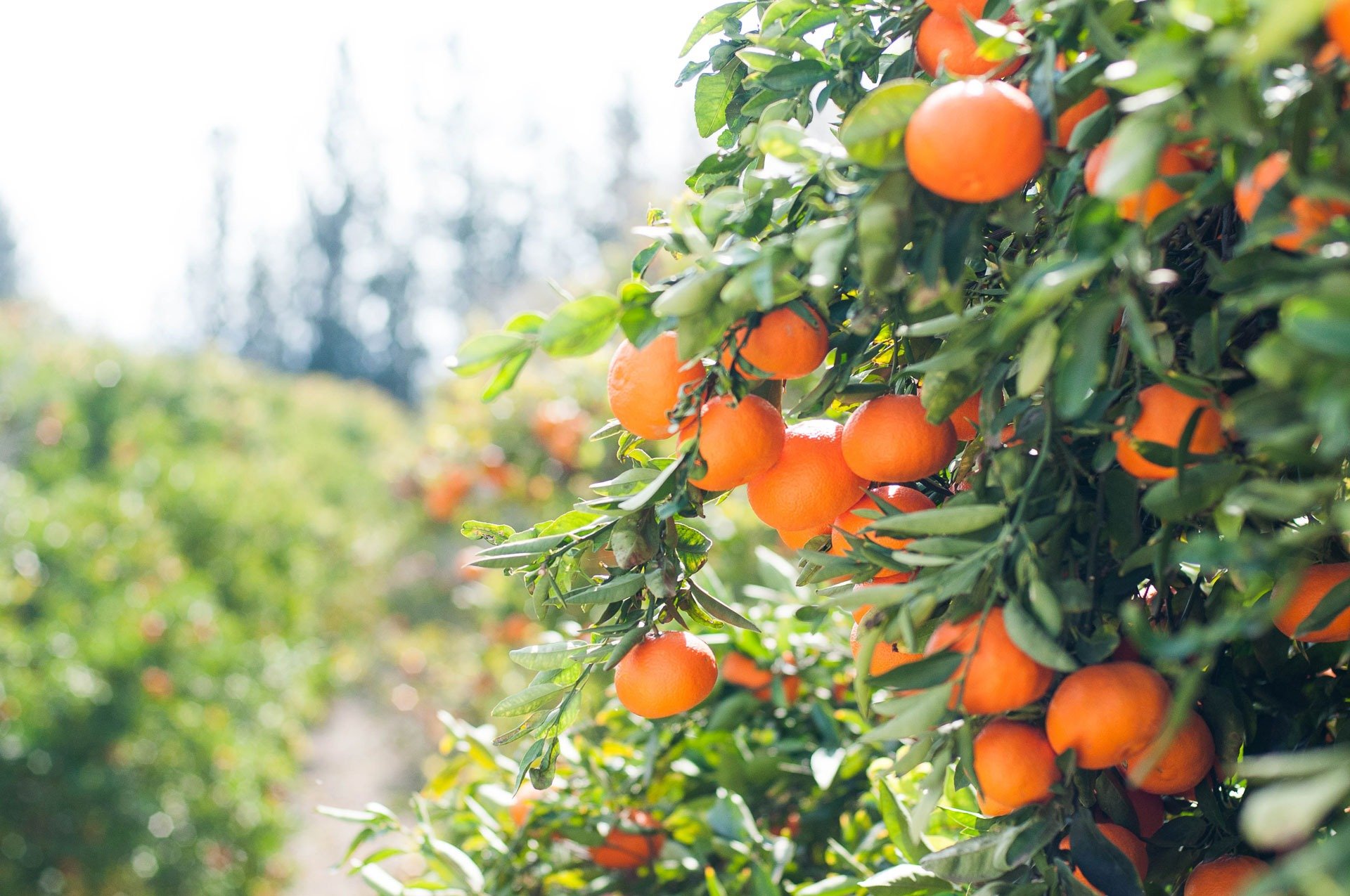Real Food Encyclopedia | Citrus
Citrus is known as a superspecies. Under this technical umbrella one will find the varieties of orange hybrids we know today, whether it’s the popular sweet orange (Citrus x sinensis) or the tangelo (reticulata x C. maxima), which is a hybrid of a tangerine and a pomelo.
Before the year-round ubiquity of the supermarket orange, December heralded the navel, tangerine, satsuma and clementine season. And it’s still the time when citrus is at its peak, its bright hue and golden taste a welcome contrast to the dark days of winter.
Oranges are so closely linked to Florida and California that it’s easy to forget they are a non-native species. In fact, they were introduced by Spanish colonizers in the 16th century by way of Portuguese merchants trading with the Far East. Orange trees flourished in Florida’s subtropical environment and by the late 19th Century, the roots of the citrus industry as we know it today had taken hold.
Prior to their spread to Europe and the Americas, oranges were cultivated as ornamental plants and for their medicinal properties. In fact, the orange is thought to have originated in Asia around 4,000 years ago, but we probably wouldn’t recognize the modern orange’s forebears.
Citrus has also played an interesting role in globalization, whether through imports from the east during the Age of Discovery or its use as a curative for sailors suffering from scurvy — a Vitamin C deficiency — during prolonged ocean voyages. As world trade has advanced, so has their dissemination, from the Silk Road to modern air freight. It wasn’t really until the industrialized era that oranges became so readily consumed in the form of orange juice, the rate of consumption growing sharply since the 1980s.
Did you know?
- In many languages, the word for orange literally translates as Chinese Apple.
- Oranges were once a luxury item and status symbol. Orangeries, a fancy word for a greenhouse for citrus trees, were a common feature of aristocratic gardens in the 17th and 18th centuries.
- Planted in 1856, the oldest living orange tree in northern California is a historical landmark known as the Mother Orange Tree.
What to look for when buying citrus
Oranges come in many sizes, but are generally no bigger than the palm of the hand. The smallest are generally tangerines and mandarin oranges, while navels are at the larger end of the scale. As the fruit ripens, orange oil is released from the pores of the skin giving the orange its characteristic fragrance.
When shopping, select oranges that are of medium firmness. If the fruit is too hard or has green spots, it is not yet ripe. If it is too soft or bruised, it is past its prime. All citrus should feel juicy when gently squeezed. Some oranges, like the satsuma and tangerine, have leathery flesh that is loosely connected to the sections of fruit inside. They are easily peeled while other orange varieties require vigorous attention to remove the fruit from the pith (the white part) and the peel. Select oranges that also smell sweet and fragrant and have a heaviness to them. Unfortunately, color is not always an indicator of quality. Some oranges are dyed to fool consumers!
Sustainability of citrus
Orange trees require a lot of water and are shipped all over the place, so unless you’re in California or Florida, the humble orange racks up quite the environmental footprint. The citrus industry uses a lot of chemicals, too — the Environmental Working Group lists oranges in the middle of their list for pesticide load. Another reason to buy organic, if you’re able.
Seasonality
In the United States, winter is peak citrus time and the market saturated with the harvest from Florida and California orange groves.
Here’s a good citrus calendar so you know what to look for during peak season!
Geography
Most U.S. citrus is grown in Florida and California. The difference between the two states when it comes to citrus production is that the bulk of the oranges produced in Florida are pressed into juice while the bulk of oranges grown in California are for fresh consumption. When oranges are not in season, they are generally imported from South Africa, Chile, Mexico and Australia.
Eating citrus
Storing
Citrus is best consumed right away, but some varieties will keep for four to six weeks in the refrigerator.
Cooking
Pro tips:
- To get the most out of your citrus, zest the fruit first, which is easier when the peel is still intact. If you don’t need the zest right away, store it in a sealable container and freeze for later use.
- Many people enjoy membrane-free citrus segments in salads (both sweet fruit salads and savory green salads). This step-by-step process shows you how to get the perfect segment pieces.
Citrus can be used in a variety of ways. The zest is great for baking, vinaigrettes and marinades or in cocktails. The fruit is delicious in salads, pressed into orange juice, or sliced up into sangria. And it’s also great to bake with; use the zest for cookies, cakes and muffins or try adding the fruit to recipes as well.
Preserving
Oranges can be turned into a preserve as marmalade — a good way of using the whole orange, including the peel. Another way to stretch your orange bounty is to press it into juice and freeze it.
Nutrition and health
Oranges are an excellent source of Vitamin C, with one serving providing 92 percent of the recommended daily value.
Oranges also contain flavonoids and carotenoids, compounds that have antioxidant properties and may help protect against disease.
Top photo by ch_ch/ Twenty20.


